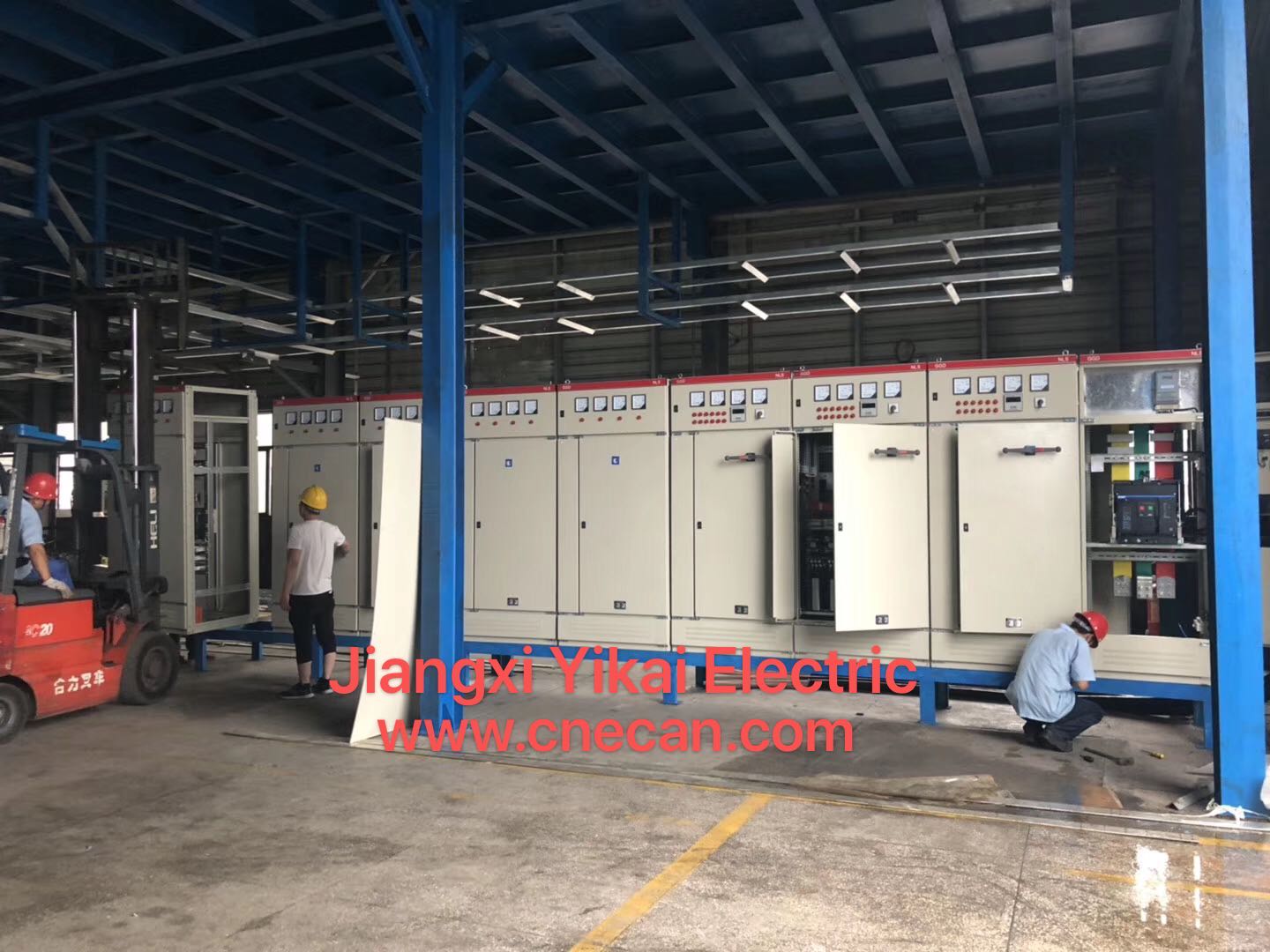What are the common moisture-proof measures for electrical distribution cabinet?
The operating environment of electrical power equipment generally has problems such as moisture and water accumulation.
This harsh electrical operating environment is extremely detrimental to the service life of electrical equipment and the stable operation of the power system.
The electrical cabinet has been working in a humid environment for a long time, and the air in the cabinet is relatively closed.
Once the moisture enters, it cannot be discharged in time. It is easy to produce condensation in the cabinet and the surface of the electronic components.
This phenomenon will cause several problems:
1) cause short circuit And short circuit accidents;
2) Corrosion of electronic components leads to poor line contact;
3) The failure of the instrument and the inaccuracy of the display.
The main cause of condensation in electrical cabinets is that rainwater flows into the cable trench during the rainy season, and the humid air in the cable trench enters the cabinet to form condensation.
How can we effectively solve such problems, make the electrical operating environment reach the best state, and reduce the hidden dangers of power system operation?
1. Improve the distribution room environment

1) It is strictly forbidden to deposit debris in the distribution room, so that indoor equipment has no dust accumulation, The sludge and the ground are free of dust and water, and the environment is clean and tidy.
2) The lighting in the power distribution room is good enough and the ventilation equipment is good.
3)The indoor ambient temperature of the power distribution room should not exceed 40 ° C, and the relative humidity should be less than 80%.
4) The drainage in the power distribution room is unobstructed, there is no leakage of water on the roof and underground, and anti-rodent and other small animal-proof facilities are perfect. 5. Waterproof compartment treatment for power distribution room.
2. Install dehumidification equipment
1) Dehumidifier.
The humid air is drawn into the machine by the fan and passes through the heat exchanger. At this time, the moisture in the air condenses into water droplets and becomes dry air and is discharged out of the machine. This cycle reduces the indoor humidity.
2.)Air conditioning dehumidification equipment.
Dehumidification is to use the low-temperature condensation effect of the air conditioner. Refit it with the air conditioner. The condenser and the evaporator can be placed in the same room separately. The evaporator does the water collection to prevent secondary evaporation. The water collection container has a small water level switch to control A small water pump, when it reaches a certain level, is pumped out and discharged. If it is convenient to launch the water, it can be directly connected to the sewer pipe.
3) Install the condensation device in the power distribution cabinet.
After installing the condensation device, the temperature and humidity sensor will detect according to the temperature and humidity inside the power distribution cabinet. When the detected temperature and humidity exceed the fixed value, the heating circuit will be started to let the heating plate work to prevent condensation.
4) Install intelligent condensation controller.
At present, the most effective anti-moisture method for major substations is to install a condensation controller. The device condenses the humid air in the cabinet into water by locally producing condensation conditions and directly discharges it from the cabinet, gradually reducing the humidity in the cabinet , Fundamentally solve the humidity inside the electrical cabinet and suppress the occurrence of condensation. It can effectively reduce the humidity of the ambient gas in the cabinet to avoid condensation on the surface of the electronic components, and is discharged outside the cabinet through the diversion tube, reducing the risk of high-voltage breakdown of the insulating device and improving the reliability of the device.